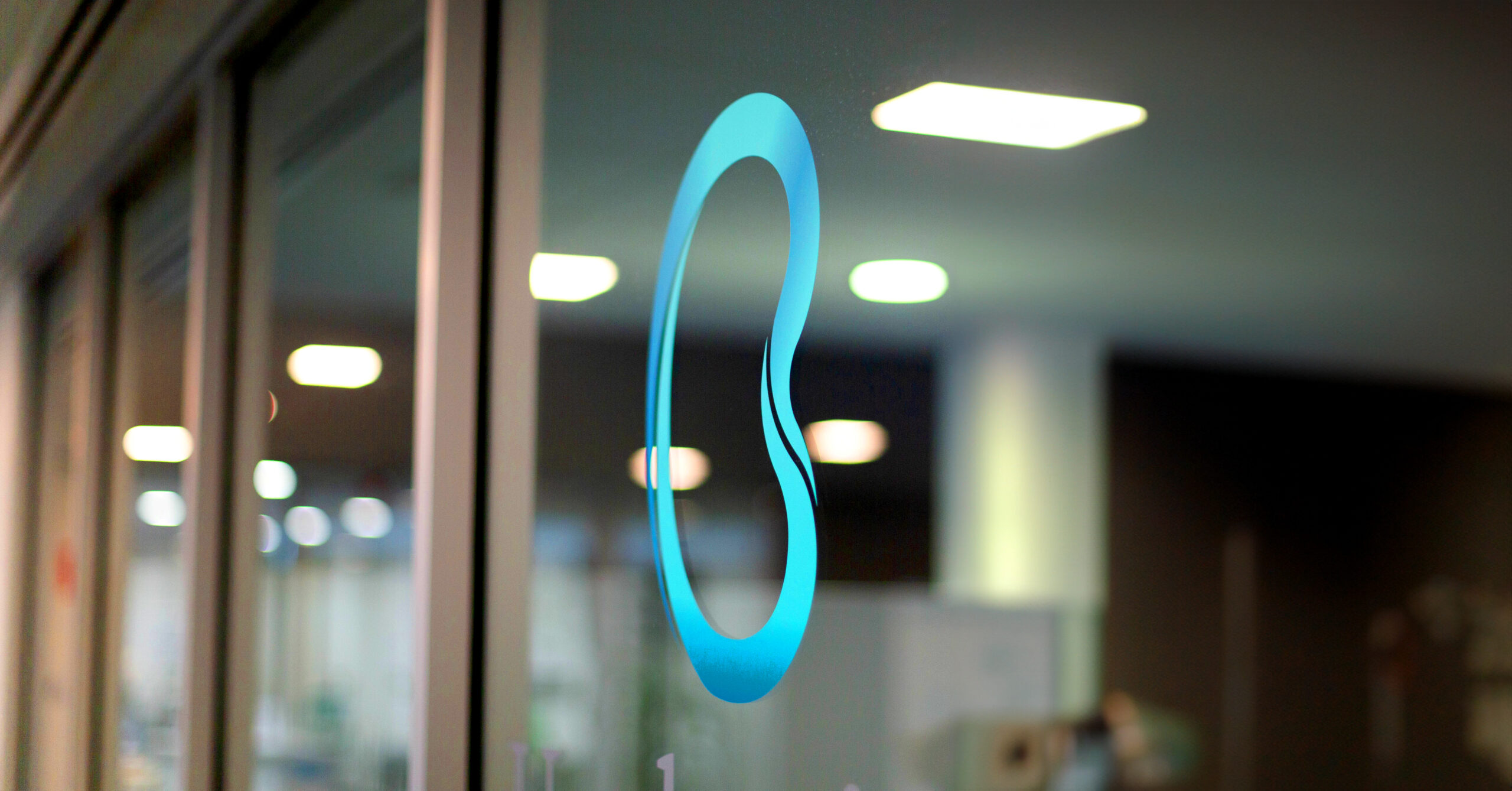
What is Botox for Overactive Bladder?
Botox, otherwise known as Botulinum toxin, is a neuro-toxic protein. When injected into the muscular wall of the bladder, this toxin interrupts the messages sent to the nerves, thus relaxing the bladder. This in turn will help you to hold more in your bladder – giving you more control and minimising leakage.
For those who experience urinary urgency, frequency and incontinence due to an overactive bladder, and when exercises and oral medications have not improved your symptoms – Botox treatment may be helpful.
How is Botox given?
Botox is generally well tolerated. A cystoscope is passed into the bladder through the urine pipe (urethra) and is used to inject the solution of Botulinum toxin. Tiny amounts of diluted Botulinum toxin solution are injected directly in 20 to 30 locations within the bladder muscle using a fine needle. The treatment takes about 20-30 mins and is a day case procedure.
Preparation for the procedure
We will provide you with instructions regarding all aspects of preparing for your surgery
· Pre-operative blood and urine tests
· Details of admission to hospital
· Information regarding fasting and medications
What to expect afterwards
Botox does not work immediately. Patients usually see the positive effects within 2 weeks after treatment. During the first few days after the procedure, you may notice some localised soreness in your bladder, and/or a small amount of blood in your urine.
Complications
Botox treatment can provide good results for 6 to 9 months in approximately 2/3 of patients. The effects of Botox will wear off after time – hence this is usually a repeatable treatment. In about 7 in 100 people, Botox may be too effective – causing more paralysis to the bladder than was intended – reducing your ability to go to the toilet. In these rare cases you will need to pass a small catheter into your bladder and empty the urine this way (a process known as intermittent self -catheterisation ISC). This is only temporary, and will not last as long as the effect of the treatment.
After discharge from hospital
If you are finding that you are having trouble with passing urine, or you feel there is a possibility of a urinary tract infection – then please us at Urological Solutions.
Driving
You should not drive for at least 24 hours after having sedation / general anaesthetic (or as instructed by your Urologist).
Patients who are travelling outside the metropolitan area are required to check when they are able to travel, and will be required to stay in the metropolitan area for 24 hours (or as instructed by your Urologist).
Emergency Contacts
In the event of an emergency, call our office within business hours and speak to our Practice Nurse. If out of hours, please call our office to contact our On-Call Urologist, or present to your nearest Emergency Department.
Ashford Hospital
55 Anzac Highway, Ashford SA 5035
8375 5205
Until 10:00 PM
Flinders Medical Centre (access to Flinders Private Hospital)
Flinders Drive, Bedford Park SA 5042
8204 5511
24 Hours
Calvary Adelaide Hospital
120 Angus Street, Adelaide SA 5000
8227 7027
24 Hours Royal
Darwin Hospital
Rocklands Drive, Tiwi NT 0810
8922 8888
24 Hours
**For patients outside the Metropolitan area, please present to your nearest hospital emergency department.
Follow Up
Urologist will check on the success of the Botox, and to see how well you are emptying your bladder (using an ultrasound in the consulting rooms).